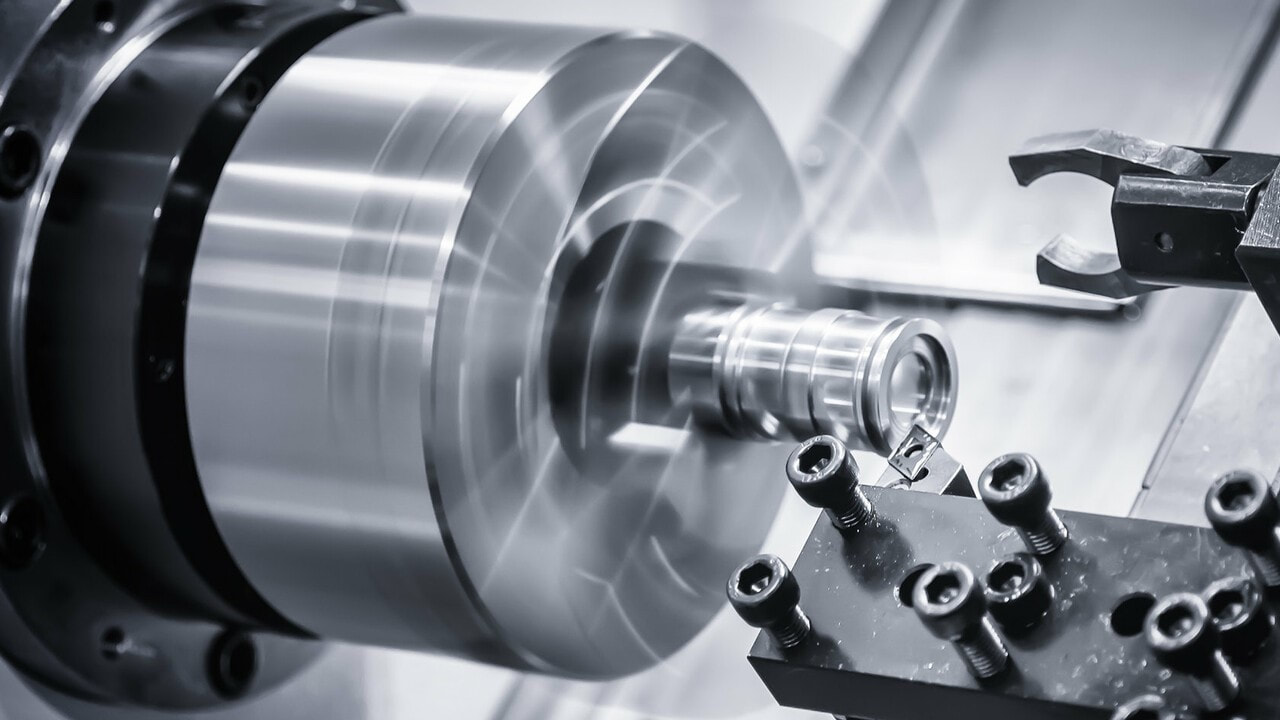|
Turning:
On the lathe, the shape and size of the blank are changed by the rotary motion of the workpiece and the linear or curvilinear motion of the tool, and it is processed to meet the requirements of the drawing. Turning is a method of cutting a workpiece on a lathe using the rotation of the workpiece relative to the tool. The cutting energy of turning is mainly provided by the workpiece rather than the tool. Turning is the most basic and common cutting method and plays an important role in production. Turning is suitable for machining rotary surfaces. Most workpieces with rotary surfaces can be processed by turning methods, such as inner and outer cylindrical surfaces, inner and outer conical surfaces, end faces, grooves, threads, and rotary forming surfaces. The tools used are mainly turning tools. Among all kinds of metal cutting machine tools, lathes are the most widely used, accounting for about 50% of the total number of machine tools. The lathe can not only turn the workpiece with turning tools but also use drills, reamers, taps, and knurling tools for drilling, reaming, tapping, and knurling. According to different process characteristics, layout forms, and structural characteristics, lathes can be divided into horizontal lathes, floor lathes, vertical lathes, turret lathes, and copy lathes, most of which are horizontal lathes. Relevant experience in turning technology: Lathes are mainly used to process shafts, discs, sleeves, and other workpieces with revolving surfaces, and are the most widely used type of machine tool in machinery manufacturing and repair factories.
Safety technical issues in turning: Turning is the most widely used one in the machine manufacturing industry. The number of lathes is large, the number of personnel is large, the processing range is wide, and the tools and fixtures used are many, so the safety and technical issues of turning.
Comments are closed.
|
Categories
All
Machinery FutureShow You Lots of Latest Industry News & Knowledge to Change Your Industrial Vision. A knowledge platform established for industry
Search to Find You Need
|
Proudly powered by Weebly



